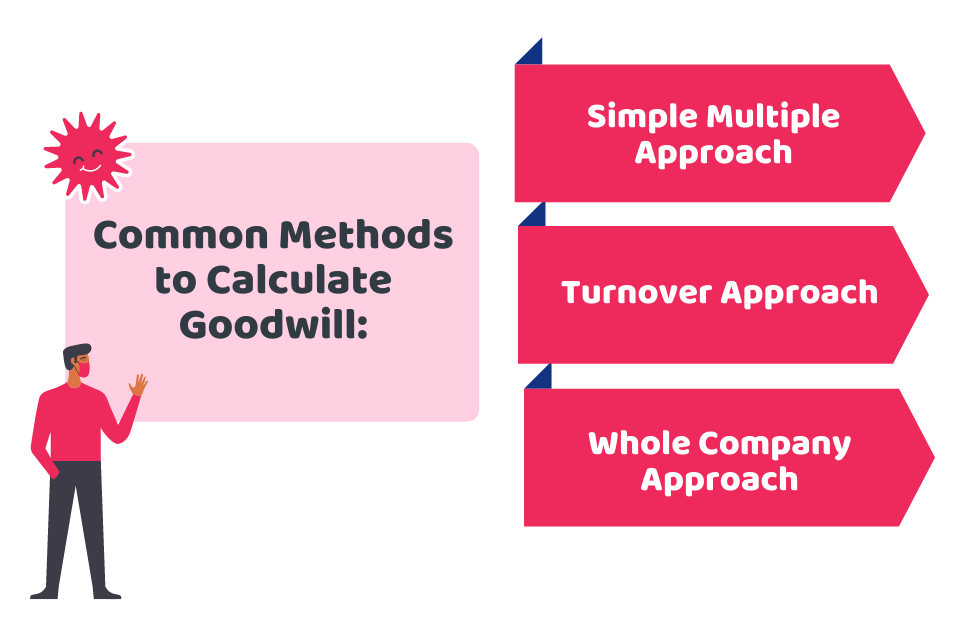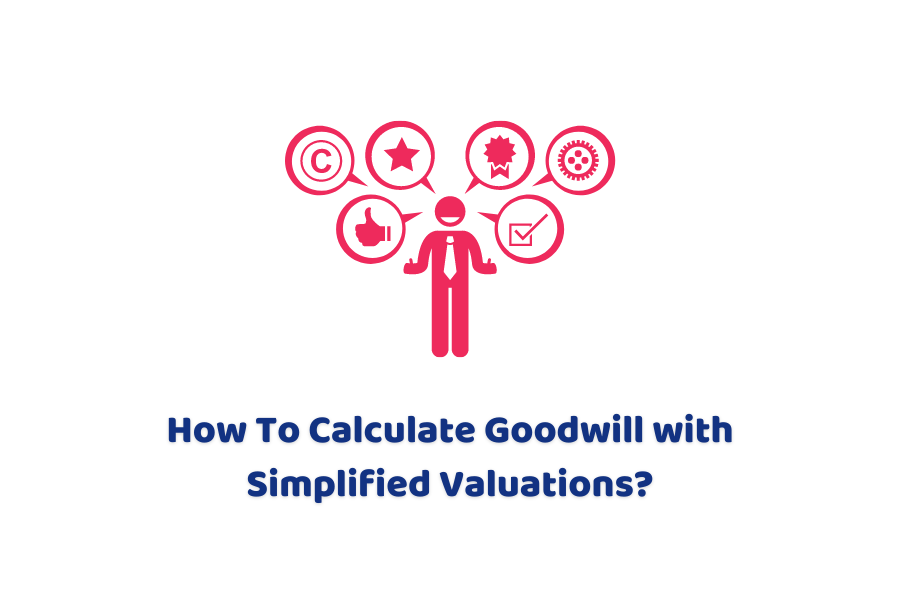Goodwill is considered an intangible asset in accounting that increases its value over time. The concept of goodwill arrives when you purchase a new business. Whilst acquiring a business, you not only buy its equipment, contracts, and inventory, but you also get its intangible assets like brand name, customer base, location, etc. You can easily work out the value of tangible assets, but how to calculate goodwill?
Accounting Firms is the UK’s only instant Accountancy & Taxation Fee Comparison Website, where you can search, compare profiles, and read reviews of various professionals to get the perfect fit for your business. Register today to get in touch with them in just under three minutes – for Free!
Let’s explore what is goodwill and how to calculate goodwill using the simplified valuation methods.
What is Goodwill?
Goodwill- an intangible asset- is the benefit of the good name/reputation of a business. It is a premium paid whilst acquiring a business. If you buy a business over its book value, it implies that you are also paying for its intangible assets like customer loyalty, goodwill, brand recognition, labour, etc.
So, in a nutshell, the difference between the buying price and book value of a business is known as goodwill. Working out goodwill is essential to keep the books balanced of a parent company. Let’s see how to calculate it.
How to Calculate Goodwill of a UK Company?
There are different valuation methods used to work out the goodwill in the UK. These three common simplified valuation approaches to work out goodwill:

1) Simple Multiple Approach
This is the simple approach to calculate the goodwill of small or straight-forward businesses (like sole-proprietorship, etc). In this approach, goodwill is worked out by using a multiplier. The range of multiples used to evaluate goodwill are usually between one and five. Here, multiples are applied against the value of maintainable profits before the deductions of owner/ management’s salaries.
If a company is showing a high level of profitability, the multiples used will be at the higher end of the scale. On the opposite side, if the business is showing a loss, the multiples used will be at a lower end. Note that the multiples are subjective to every business based on multiple factors, like its growth and profitability.
2) Turnover Approach
This approach is commonly used for ascertaining the value of professional practices ( Like the fees of accountants, solicitors and architects) and where the profit-based approach is ineffective. Here, the multiples are applied to their fees that are typically between 0.5 and 2.5.
Remember that these ranges are based on individual circumstances and depend on various factors, like the quality of clients, business’s financial health, growth and historical trends. As working out goodwill is a complicated and controversial process, this approach may cause difficulties whilst selling a business.
Unable to work out the goodwill of your business? Turn to Accounting Firms. Register now for Free to connect with our professional accountants. Contact now!
3) Whole Company Approach
It is a common approach to calculate goodwill. In this approach, a company is valued as a whole where tangible/intangible assets are deducted to find the value of goodwill. In short, this approach calculates the business value by using multiples against sustainable profits.
If the result of the valuation is below the adjusted net asset value, it means there is almost no or little goodwill inherent in the business. On the contrary, if the resulting valuation is over net asset value, the difference will be considered its goodwill.
Quick Sum Up
We hope that you have got sufficient information on how to calculate goodwill of a business using the above three valuation approaches. In this blog, we have only discussed the simplified valuation approaches of goodwill, but these might become more controversial as per the individual circumstances. Note that working out goodwill is one of the most subjective and complex areas of accounting and there are many chances of errors.
So to be on the safe side, get help from our cost-effective, reliable and experienced accountants at Accounting Firms to work out your goodwill in no time. Register now for free to connect in under three minutes!
Have a Query? Feel free to get in touch!
Disclaimer: This blog is written for your general understanding of the above topic.

